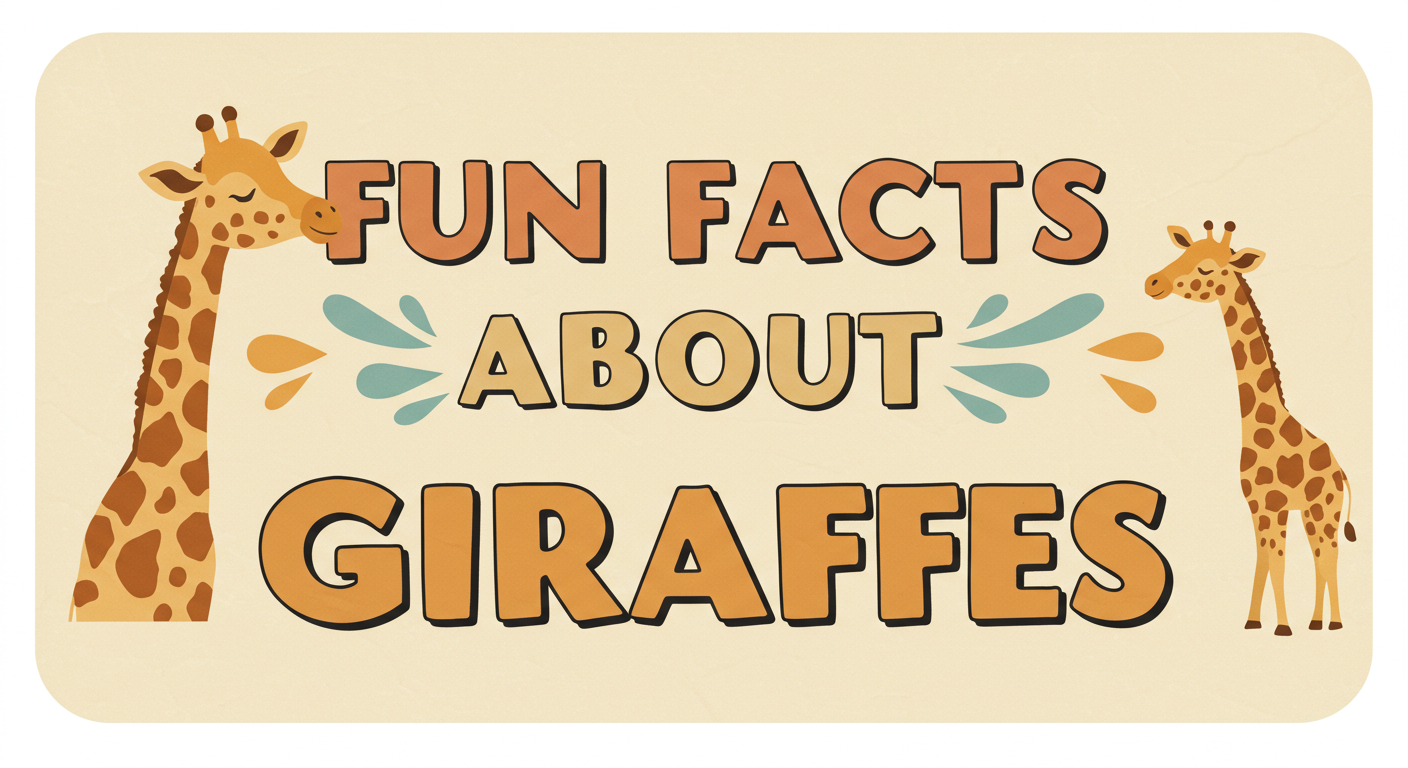Merino sheep are renowned worldwide for their exceptional wool, but there’s much more to these fascinating animals. From a panoramic field of vision that spans nearly 270°–300°, to wool that naturally regulates temperature and resists odor, Merinos boast adaptations perfectly honed by evolution and selective breeding. At Fact Feast, we go beyond the basics to explore these incredible traits: wool fibers that can endure over 20,000 bends without breaking, shearers who can remove a fleece in under three minutes, and countries like Australia and New Zealand that harbor tens of millions of Merino sheep. This post dives deep into the science behind these marvels and their significance for both the animals and the people who depend on their wool.
Thank you for reading this post, don't forget to subscribe!🐑 Introduction
Merino sheep (Ovis aries) are a specialized breed originally from Spain, prized for producing some of the finest and softest wool in the world. Over centuries, selective breeding has enhanced their wool quality and yield, making Merino wool a cornerstone of high-performance apparel and textiles. While most people know about Merino wool’s comfort and warmth, few appreciate the biological and behavioral marvels of the sheep themselves. This article explores three captivating facts about Merino sheep, followed by additional insights into their wool strength, shearing process, and global presence.
🧠 Fun Fact 1: Panoramic Vision
Merino sheep benefit from a panoramic field of vision that allows them to detect predators with minimal head movement. Their eyes, positioned on the sides of their heads, grant a visual range averaging 269.9° in Merino breeds, with binocular overlap of about 47.5° . This near–360° vision gives them a survival advantage in open grazing lands, enabling early threat detection and cohesive flock movement.
- Monocular vs. Binocular Vision: The wide monocular view helps spot motion at long distances, while the narrower binocular field supports depth perception when focusing ahead.
- Blind Spots: Despite their wide vision, Merinos still have small blind spots directly in front of their noses and behind their heads, which can startle them if approached unexpectedly.
🌡️ Fun Fact 2: Natural Thermoregulators
Merino wool is a masterclass in thermal regulation, keeping you warm when it’s cold and cool when it’s hot. This is due to its unique fiber structure:
- Moisture Wicking: Merino fibers can absorb up to 30% of their weight in moisture without feeling wet, drawing sweat away from the skin and dispersing it throughout the fabric.
- Breathable Insulation: The three-dimensional corkscrew crimp of each fiber traps millions of tiny air pockets, providing insulation while allowing airflow.
- Evaporative Cooling: As moisture evaporates from the fibers’ surface, it creates a cooling effect, helping regulate body temperature in warm conditions.
These natural properties make Merino wool ideal for outdoor activities from mountaineering to water sports where temperature extremes and perspiration are common concerns.
🧼 Fun Fact 3: Self-Cleaning & Odor-Resistant Wool
Merino wool’s self-cleaning and odor-resistant qualities stem from its lanolin content a waxy natural oil secreted by sebaceous glands:
- Antibacterial & Antifungal: Lanolin repels odor-causing microbes, reducing the need for frequent washing and keeping garments fresh during extended wear.
- Dust Mite Resistance: The oily coating also discourages dust mite accumulation, beneficial for sensitive skin and allergy sufferers.
- Low Maintenance: Thanks to these properties, Merino garments can often be worn multiple times before washing, saving water and energy.
This combination of moisture management and microbial defense makes Merino wool a favorite among hikers, travelers, and anyone seeking low-maintenance, high-performance clothing.
🧵 Additional Insights
Wool Strength
Merino wool isn’t just soft; it’s remarkably durable. Its fibers can bend up to 20,000 times without breaking far outperforming synthetic alternatives and ensuring long-lasting garments and textiles.
Shearing Process
Shearing is a biannual ritual for Merino flocks. A professional shearer often called a “gun shearer” can remove an entire fleece in 2–3 minutes, minimizing stress for the sheep and maximizing wool quality.
- World Records: Elite competitors can shear at speeds approaching 30 seconds per sheep, though typical on-farm rates average around 140 sheep in an 8-hour day.
- Animal Welfare: Proper handling and technique ensure shearing is painless, with shearers trained to protect the sheep’s skin and wellbeing.
Global Presence
| Country | Sheep Population (million) | % Merino | Sheep per Person |
| Australia | 69 | 75 % | – |
| New Zealand | 24.4 | 10 % | 4 |
Together, Australia and New Zealand account for a significant portion of the world’s Merino flocks and wool production, supplying high-quality fibers to global markets
📝 Conclusion
Merino sheep are a testament to nature’s ingenuity and human stewardship, offering panoramic vision, natural thermoregulation, and self-cleaning wool traits that have cemented their status in both agriculture and apparel. Add to this their fiber’s durability, the efficiency of the shearing process, and their global significance, and you have a breed whose impact stretches far beyond the pasture. Whether you’re a hiker in the Alps, an athlete braving humidity, or simply someone who appreciates sustainable, high-performance clothing, Merino wool delivers unparalleled comfort and functionality truly three (plus!) fun facts worth celebrating.

